Trump orders deployment of troops to Portland, ICE facilities
Trump orders military deployment to Portland, vowing to protect ICE facilities from "domestic terrorists," sparking pushback from Oregon leaders and raising fears of renewed clashes reminiscent of 2020 protests.
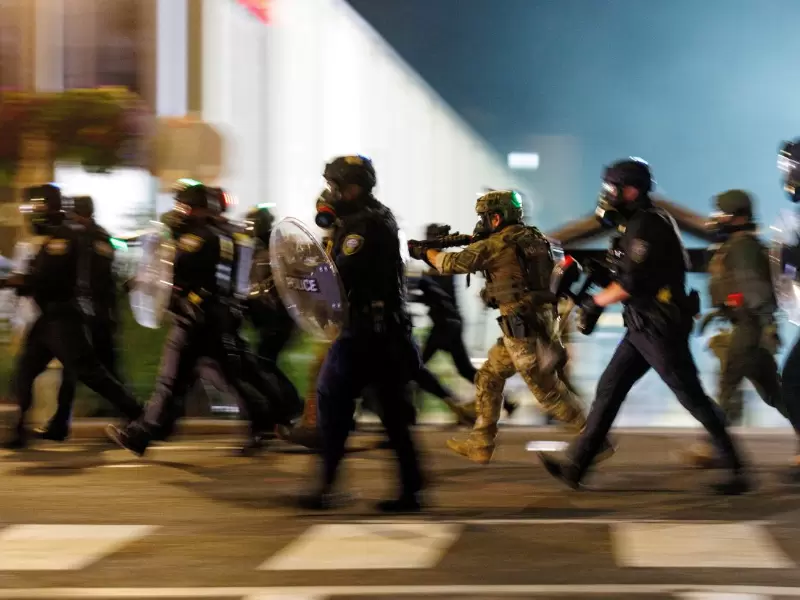 ICE agents charge towards protesters during a protest against the U.S. President Donald Trump administration's immigration policies, outside an ICE detention facility in Portland, Oregon, U.S., September 1, 2025. / REUTERS/John Rudoff/File Photo
ICE agents charge towards protesters during a protest against the U.S. President Donald Trump administration's immigration policies, outside an ICE detention facility in Portland, Oregon, U.S., September 1, 2025. / REUTERS/John Rudoff/File Photo
U.S. President Donald Trump on Sept. 27 said he was directing the U.S. military to deploy to Portland, Oregon and to protect federal immigration facilities against "domestic terrorists," saying he was authorizing them to use "full force, if necessary."
Ordering the latest crackdown on a Democrat-led city, Trump said in a social media post that he was directing Defense Secretary Pete Hegseth "to provide all necessary troops to protect war-ravaged Portland and any of our ICE facilities under siege from attack by Antifa and other domestic terrorists."
Portland Mayor Keith Wilson, responding to Trump's order, said, "The number of necessary troops is zero, in Portland and any other American city. The president will not find lawlessness or violence here unless he plans to perpetrate it."
Also Read: ICE tactics inflame tensions in New York, Chicago and other cities
In a press conference on Sept. 26, Wilson and other local leaders urged calm in the face of an apparent influx of federal officers that the mayor said did not come at the request of the city. "This may be a show of force, but that's all it is. It's just a big show," he said.
U.S. Senator Ron Wyden, a Democrat from Oregon, wrote on X that Trump "may be replaying the 2020 playbook and surging into Portland with the goal of provoking conflict and violence."
In 2020, protests erupted in downtown Portland, the Pacific Northwest enclave with a reputation as a liberal city, following the killing in Minneapolis of George Floyd. The protests dragged on for months, and some civic leaders at the time said they were spurred rather than quelled by Trump’s deployment of federal troops.
Oregon Governor Tina Kotek, a Democrat, said her office was asking the White House for more information.
"There is no national security threat in Portland. Our communities are safe and calm," Kotek said on X.
Growing tensions in major cities
It was unclear whether Trump's warning that U.S. troops could use "full force" on the streets of Portland meant he was somehow authorizing lethal force and, if so, under what conditions. U.S. troops are able to use force in self-defense on domestic U.S. deployments.
The Pentagon did not offer any clarification about whether Trump was deploying National Guard, active duty troops or perhaps a mix of the two, as was the case in Los Angeles earlier this year.
"We stand ready to mobilize U.S. military personnel in support of DHS operations in Portland at the President’s direction. The department will provide information and updates as they become available," said Sean Parnell, a Pentagon spokesperson.
Asked about the Portland decision on Sept. 27, Department of Homeland Security spokesperson Tricia McLaughlin said ICE agents needed to be protected amid protests against immigration raids.
"We're not going to put up with it. This administration is not playing games," she said in an interview on Fox News.
There have been growing tensions in major U.S. cities over Trump's aggressive immigration crackdown days after a shooting targeting an Immigration and Customs Enforcement facility in Dallas left one detainee dead and two others seriously wounded.
Trump focus on crime, 'Antifa'
On Sept. 25, Trump told reporters that "crazy people" were trying to burn buildings in Portland. "They're professional agitators and anarchists," he said, without providing evidence.
Trump last week signed an executive order that declares the anti-fascist Antifa movement a domestic "terrorist organization" as part of a crackdown on what he claims is left-wing-sponsored political violence.
According to U.S. law enforcement, there has never been a terrorist incident in the United States connected to antifa. Trump first sought to designate the movement as a domestic terror organization during the nationwide George Floyd protests.
The most notorious episode involving the movement occurred in Portland in August 2020, when Michael Reinoehl, a self-identified antifa supporter, shot and killed Aaron “Jay” Danielson, a member of the far-right group Patriot Prayer. Reinoehl was killed by federal and local law enforcement officers during an attempt to arrest him.
Trump has made crime a major focus of his administration even as violent crime rates have fallen in many U.S. cities. His crackdown on municipalities led by Democrats, including Los Angeles and Washington, has spurred legal challenges and protests.
The Trump administration's goal of deporting record numbers of immigrants living in the U.S. illegally has framed the push around criminals, but it has arrested many people without criminal records. Residents in New York, Chicago, Washington and other Democrat-leaning metro areas have pushed back in recent months.
In the Chicago suburb of Broadview on Sept. 26, ICE used tear gas, less-lethal rounds and pepper balls to quell protests outside an immigration detention center. Protests have also occurred outside other detention centers around the country, including in Portland.
ADVERTISEMENT
ADVERTISEMENT
E Paper
Video




 Reuters
Reuters
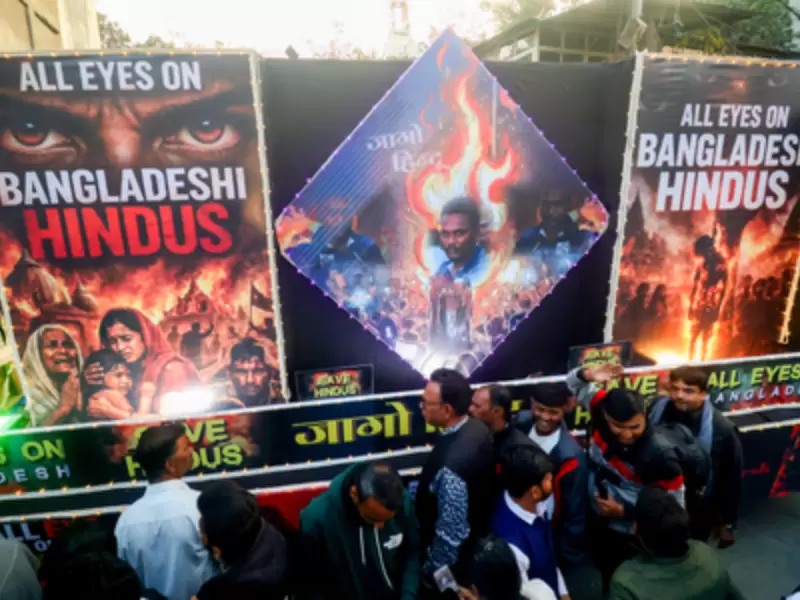
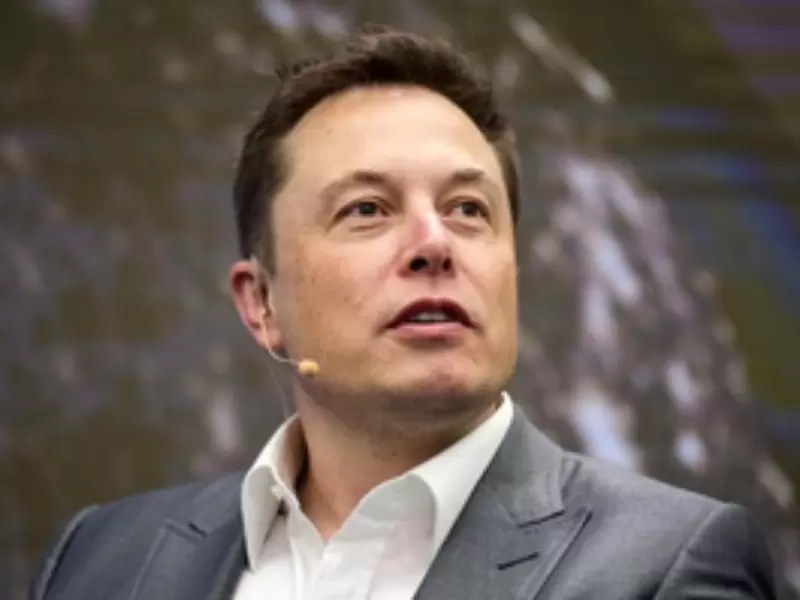

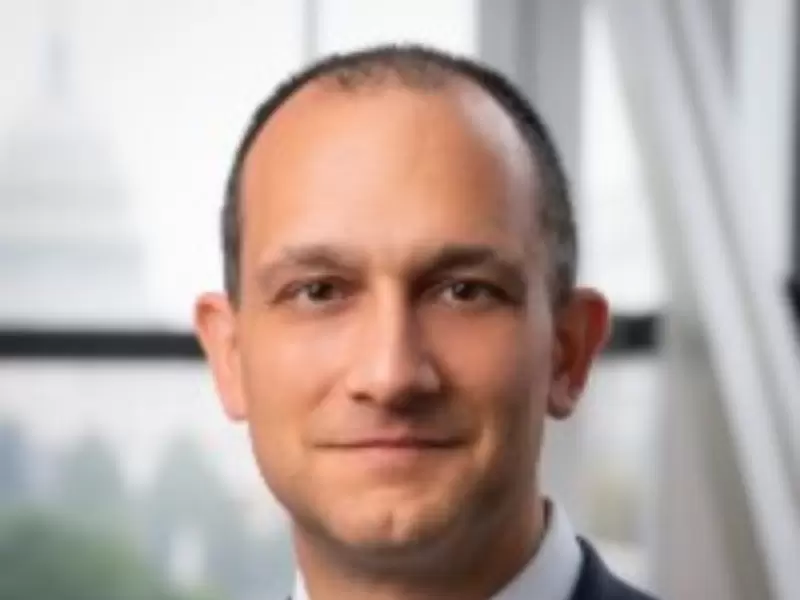
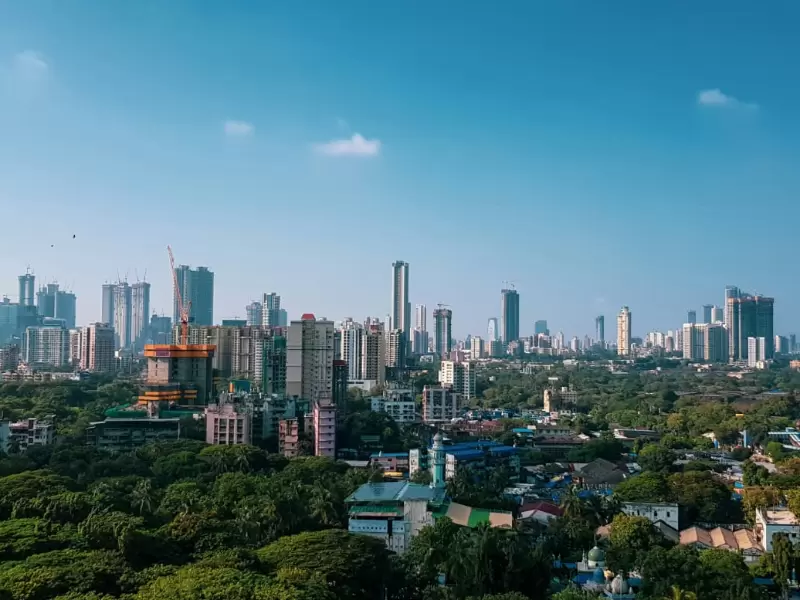
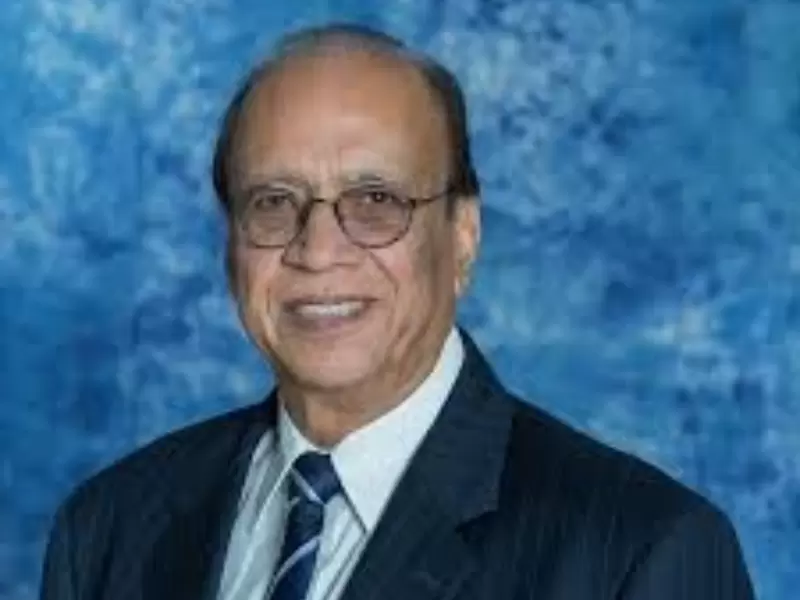


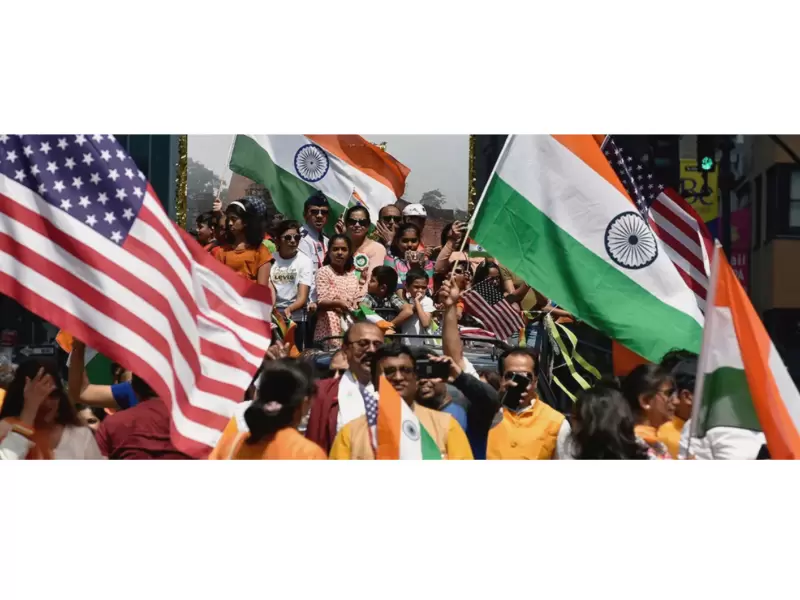

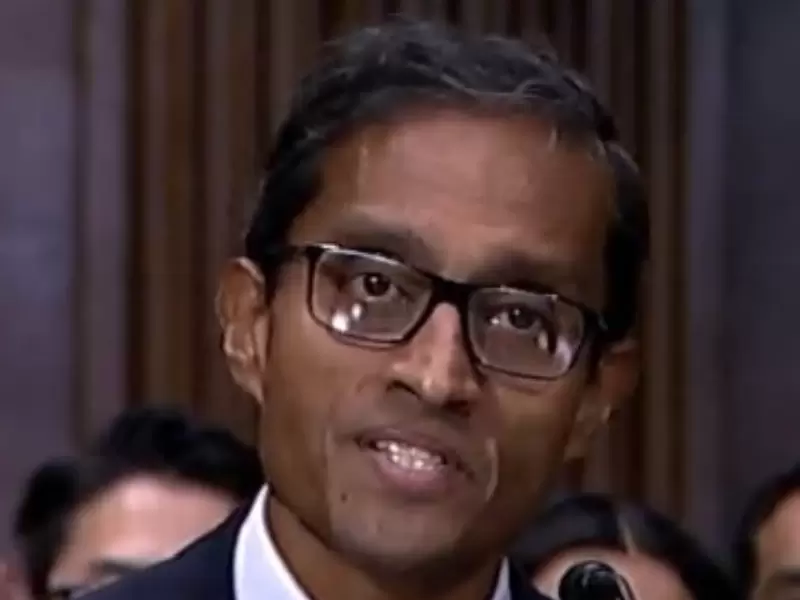

Comments
Start the conversation
Become a member of New India Abroad to start commenting.
Sign Up Now
Already have an account? Login